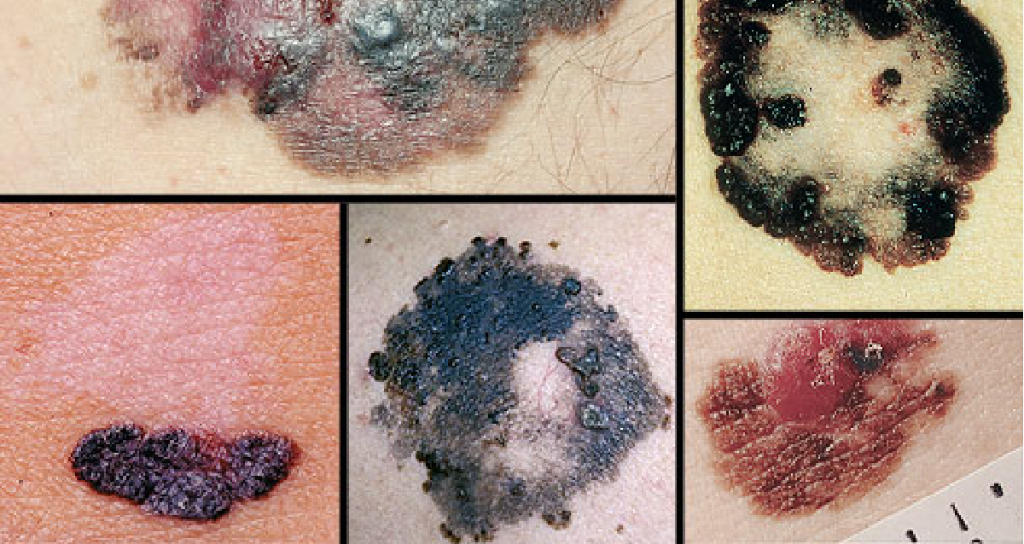The blue tablet has the potential to be used as a treatment for rare cancers
The class of drugs currently prescribed to treat male
erectile dysfunction has been flagged for its potential to be included in new
trials for anti-cancer drugs, in a new clinical study published today in the
open access journal, the paper also explores the issue that finding new agents
able to cross the blood-brain-barrier is a challenge which severely limits the
range of drugs available to treat brain tumors. There is some evidence that
drugs not currently licensed for cancer treatment like the PDE5 inhibitors, are
able to increase permeability so that drug delivery to brain tumors is improved
- thereby potentially opening the door to new therapeutic options for patients.
The paper includes a broad range of data, pre-clinical and clinical, has been summarized and presented to make the case that these commercially available and widely used PDE5 inhibitors are very strong candidates for repurposing as anticancer agents. A number of small, early phase trials are on at present. These trials are largely based on to the strong level of clinical evidence in a number of specific indications and it is to be hoped that positive reports from these trials will be forthcoming in the future. The data are strongest for clinical trials of PDE5 inhibitors, in combination with other agents, in the following cancer types:
The paper includes a broad range of data, pre-clinical and clinical, has been summarized and presented to make the case that these commercially available and widely used PDE5 inhibitors are very strong candidates for repurposing as anticancer agents. A number of small, early phase trials are on at present. These trials are largely based on to the strong level of clinical evidence in a number of specific indications and it is to be hoped that positive reports from these trials will be forthcoming in the future. The data are strongest for clinical trials of PDE5 inhibitors, in combination with other agents, in the following cancer types:
(a) HNSCC
(b) Glioblastoma
(c) Pancreatic cancer
(d)
Medulloblastoma
(e)
Waldenstrom’s macroglobulinemia
(f)
Melanoma


